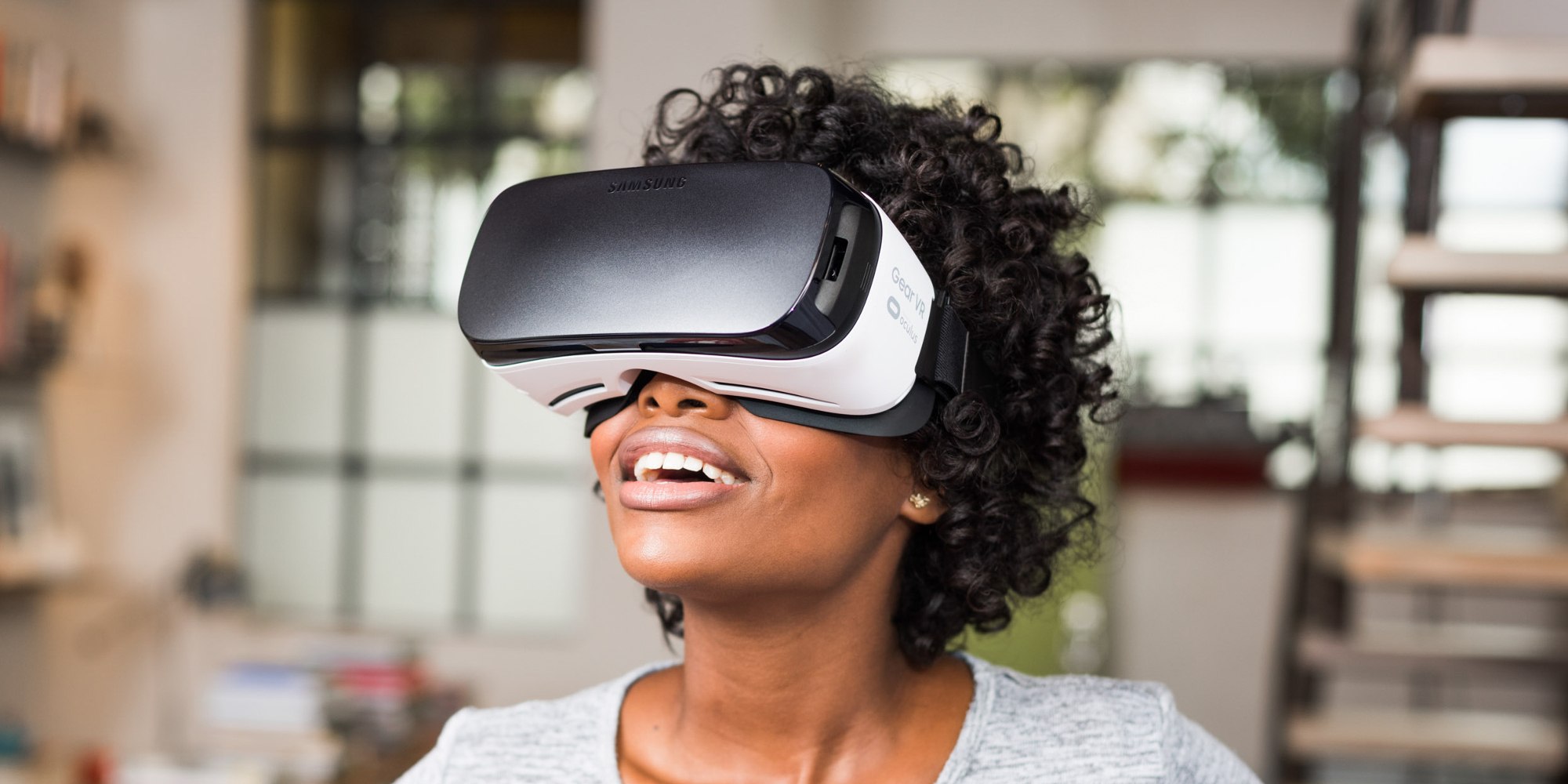
Virtual reality
Virtual reality and its very real insurance implications
27th June 2016
E3, the gaming world's largest annual conference, has been and gone with a huge emphasis on the potential of virtual reality (VR). But virtual reality is not just limited to gaming. A recent survey suggests that consumer interest in VR includes applications in travel, events and home design.Indeed, the technology has seen a number of early adopters from a wide range of industries, from the Royal London NHS Hospital offering medical students the chance to experience an operation in real time with 360 degree control over vantage points to Ford using the technology for safer vehicle design during its product development process.
What is VR?
Put simply, virtual reality is a computer-generated simulation of a three-dimensional environment experienced via sight and sound that can be interacted with through dedicated hardware.While the Oculus Rift, bought by Facebook in 2014 for $2bn, is arguably the most mainstream piece of VR hardware, its challengers include the HTC Vive headset and Google Cardboard, a DIY cardboard headset bringing VR to the masses via smartphone.
While the Oculus Rift, bought by Facebook in 2014 for $2bn, is arguably the most mainstream piece of VR hardware, its challengers include the HTC Vive headset and Google Cardboard, a DIY cardboard headset bringing VR to the masses via smartphone.
The insurance industry is no exception from the wave of early VR adopters, with Telematics firm Scope Technologies recently trialling virtual reality to reconstruct the moments before an accident using telematics data. But what other implications and applications does VR technology have for the insurance industry?Safety simulations
Using VR technology, insurers are able to simulate car crashes as a safety demonstration for drivers, as demonstrated by one Australian insurance company. For drivers, the fully immersive simulation has the potential to improve dangerous driving behaviours and boost safety awareness, with insurers benefitting from a reduction in claims as a result. The virtual crash could also be reviewed by claims adjusters to assess potential damage to a vehicle according to a number of variables.Similarly, telematics data can also be integrated into VR to help customers improve their driving style through simulated lessons, with a 'ghost' vehicle mirroring a journey based on data collected by a black box. A simulation of this type would enable drivers to understand where improvements to their driving habits could be made in a safe environment, helping them to become better drivers and once again reducing claims.
The 'hands-on' approach
A 'virtual world' simulation could also be used by insurers to assess a customer's driving style before selling them a policy. With the opportunity to evaluate a driver's average acceleration, braking and behaviour in a virtual environment, insurers would be able to more accurately appraise a customer's risk profile, enabling them to price coverage accordingly.Claims adjusters can also use three-dimensional models in VR to further understand the vehicles that they insure. Usually, only the highest level of field appraisers travel to receive training on the makes of cars insured. By enabling full interaction with a range of vehicle models via virtual reality, claims adjusters are able to understand the inner workings of every vehicle from the comfort of the office.
The immersive experiences and the ability to assess hazards in a risk-free environment offered by VR represent an exciting breakthrough for the insurance sector. While there may be a way to go before it is a mainstream technology, continued innovation ensures that VR is well on its way to transforming the industry.
© 2025 Cheshire Datasystems Limited
Top Employer

